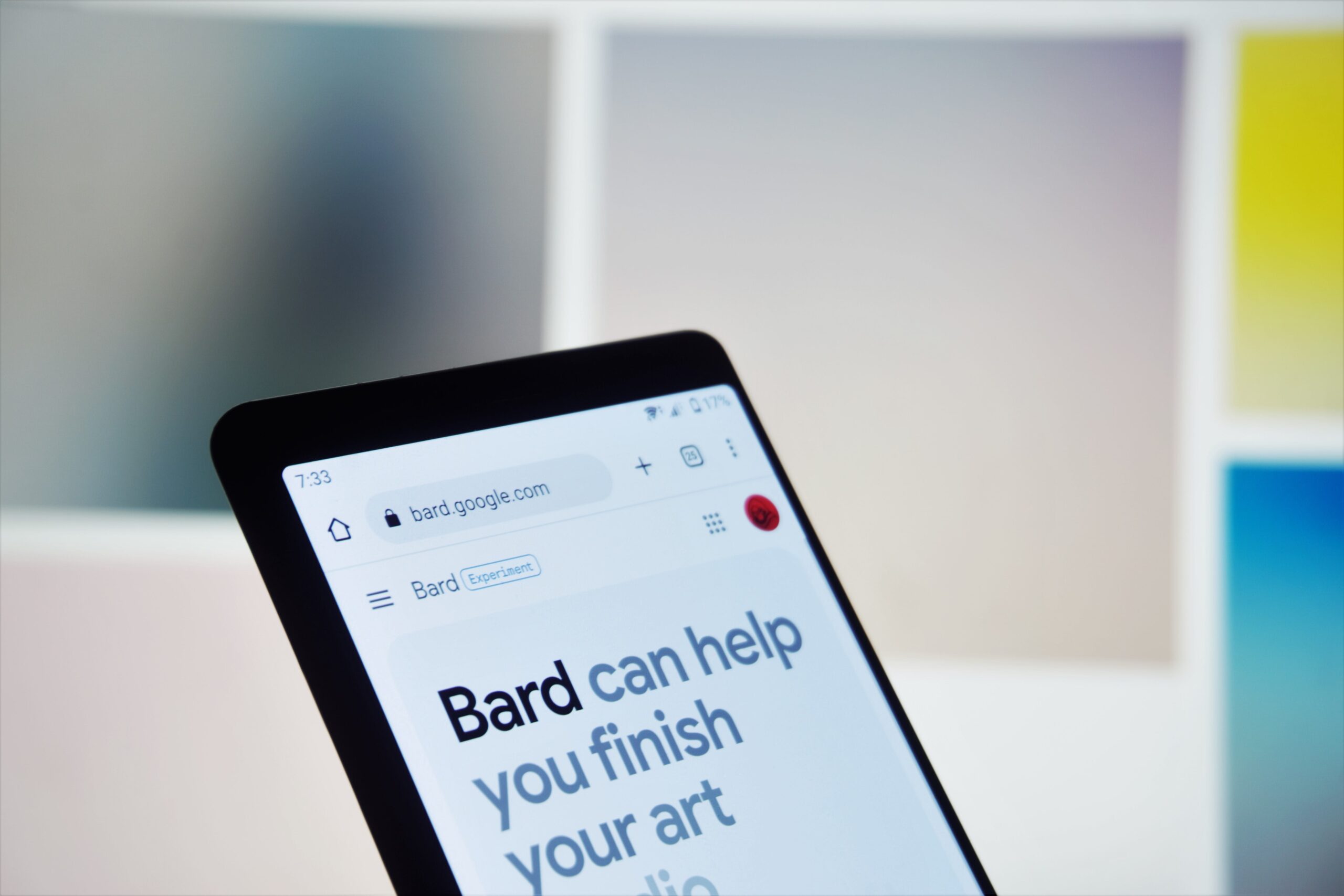
Google has announced a significant update to its Bard AI chatbot. This update not only introduces image generation capabilities powered by the Imagen 2 AI model but also enhances the chatbot with a more sophisticated version of Gemini Pro. These advancements signal Google’s intent to rival OpenAI’s ChatGPT, setting the stage for a new era in AI-driven digital assistance.
Expanding Bard’s Global Reach and Capabilities
Under the leadership of Sundar Pichai, Google is making strides to democratize access to advanced AI technologies. Bard, initially introduced with limited features, now encompasses a broad spectrum of functionalities aimed at both creative and routine applications. According to Jack Krawczyk, the product lead for Bard, this update is poised to transform Bard into a more versatile and globally accessible AI collaborator.
One of the most notable enhancements is the integration of Gemini Pro, available in over 40 languages. This expansion not only broadens Bard’s linguistic capabilities but also its geographical availability, extending to more than 230 countries and territories. Gemini Pro is designed to excel in understanding, summarizing, reasoning, and coding, making Bard a powerful tool for users worldwide.
- Key Features of the Update:
- Introduction of image generation capabilities with Imagen 2.
- Expansion of Gemini Pro in more than 40 languages.
- Introduction of Bard’s double-check feature for validating web-based responses.
By simply typing a description, such as “create an image of a dog riding a surfboard,” users can now generate custom, photorealistic visuals, enriching creative projects or everyday tasks with visually engaging content.
Recognizing the importance of accuracy and trust in AI-generated content, Google has also extended its double-check feature to over 40 languages. This feature, previously available to English users, allows for the validation of Bard’s responses by cross-referencing with web content. By clicking the “G” icon, users can explore supporting or contradictory information, fostering a more informed and reliable AI interaction experience.
For example, a user querying Bard about climate change facts can use the double-check feature to see if Bard’s response aligns with current scientific consensus, enhancing confidence in the information provided.
Bridging the Gap in the AI Race
Google’s update comes at a critical time when comparisons with OpenAI’s models have shown Google’s previous offerings lagging. The fine-tuned version of Gemini Pro on Bard, initially available only in English, had raised concerns about Google’s ability to compete effectively in the generative AI space. However, the latest enhancements, particularly the multilingual support for Gemini Pro, are set to change the narrative, potentially narrowing the gap with competitors like OpenAI.
The inclusion of Imagen-2 for AI-generated images directly competes with OpenAI’s ChatGPT Plus and DALL-E 3, offering users the ability to create photorealistic images from text descriptions. This feature is expected to enrich the user experience by facilitating the generation of custom visuals for a wide range of creative projects.
Innovating with ImageFX and Beyond
In addition to Bard’s update, Google has introduced ImageFX, a novel image generation tool that exemplifies the company’s commitment to fostering creativity through AI. Available in the AI Test Kitchen, ImageFX represents Google’s foray into experimental AI projects, offering users new ways to iterate on AI-generated images with “expressive chips” for added creativity.
The AI Test Kitchen also showcases other experimental projects such as MusicFX and TextFX, underscoring Google’s holistic approach to AI development. These tools not only highlight Google’s innovative edge but also its focus on creating AI that complements human creativity across various domains, from music to text generation.
- Experimental AI Projects:
- ImageFX for creative image generation.
- MusicFX for creating tunes with AI.
- TextFX, catering to lyricists and creative writers.
Ensuring Ethical AI Use
With great power comes great responsibility, and Google is mindful of the ethical considerations surrounding AI use. The company has implemented measures to limit the generation of violent, offensive, or sexually explicit content. Additionally, Google has incorporated SynthID, a technology developed by Deepmind, to embed watermarks into images generated by AI. This innovation ensures users can distinguish between AI-generated visuals and those created by human artists, addressing concerns about data protection, copyright, and legal issues related to AI-generated media.
As Google rolls out these updates, the tech giant not only showcases its technological prowess but also its commitment to responsible AI use. By providing tools to report legal issues and embedding watermarks, Google sets a precedent for ethical AI development and deployment.
Featured Image courtesy of Mojahid Mottakin/Pexels
